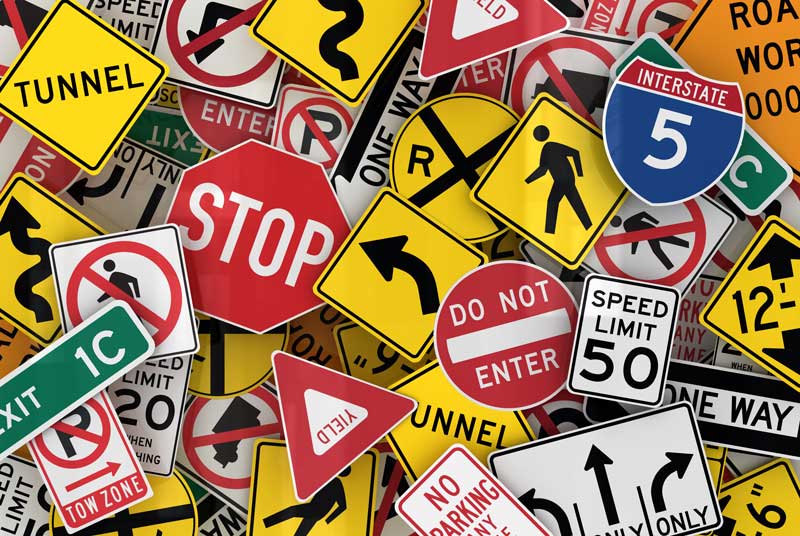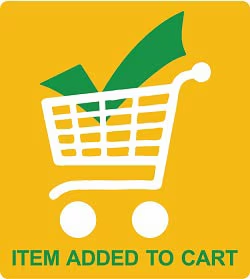
Understanding regulatory signs
Regulatory signs and traffic control devices are there to keep drivers and walkers safe. They regulate traffic and driver behavior. All levels of government, including the federal, state, and local levels are involved in their enforcement. Below are some important insights to understand about regulatory signs.
Different types exist
According to the Federal Highway Administration, a regulatory sign is “a sign that gives notice to road users of traffic laws or regulations.” Two types of regulatory signs exist. One is for traffic. The other is for non-traffic uses. Traffic signs inform road users about allowable and disallowable behavior. Signs reinforce and/or indicate applicable traffic laws. Examples include parking signs, traffic direction, speed limits, wrong way or “do not enter”, one way, round-a-bout, road closings, no pedestrian crossing, construction areas, railroad crossings, and yield signs.
Non-traffic regulatory signs can be placed in public areas to regulate behavior. Some signs are used by private businesses to regulate acceptable or unacceptable behavior. Federal, state, and local parks can use signs to notify the public about accessible and inaccessible areas. Another example of this sign type would be the no smoking sign placed in areas where smoking is prohibited. A tow-away sign placed in disabled parking areas is another example. Signs regulate public behavior. They serve notice about prohibited actions involving the general public.
They are enforced
All types of regulatory signs are strictly enforced. Enforcement can be done by state, local, or other law enforcement personnel. The level of violation depends upon the individual situation and governmental entity involved. Violators will face some level of punitive damage. This can range from a warning, vehicle towing, to a monetary citation.
Must comply with federal regulations
Regulatory signs must comply with a federal government document known as MUTCO. This document was written by the United States Department of Transportation or DOT, a branch of the Federal Highway Administration. Standing for Manual on Traffic Control Devices, this comprehensive guidance document provides a detailed explanation of every facet involved in the regulatory signs arena. Its intent is to set minimum national standards for ensuring sign uniformity.
The document defines nationwide standards for installing and maintaining all traffic control devices. Traffic signs can be found on bike ways, public streets, highways, private roads and other thorough ways open to the public. This document can be confusing and overwhelming to some. Consulting with a trained sign professional, like those at Signs Direct, can provide additional insight. Safety is its overall mission.
The Manual on Traffic Control Devices can be accessed online through their website. It is available via a free PDF. The document is also found at the state and local DOT offices. Understanding this document and its legalities is imperative for avoiding any punitive damages or enforcement behavior.
Federal regulations mandate sign colors, reflective material requirements, messages, shape, placement, font size, and size. State regulations can alter federal requirements as deemed necessary. Consulting with a trained sign professional will answer all sign composition questions.
Societies rely on regulatory signs for organization, safety, and
protection. Learning more from a trained sign professional will save
time, money, and frustration.


